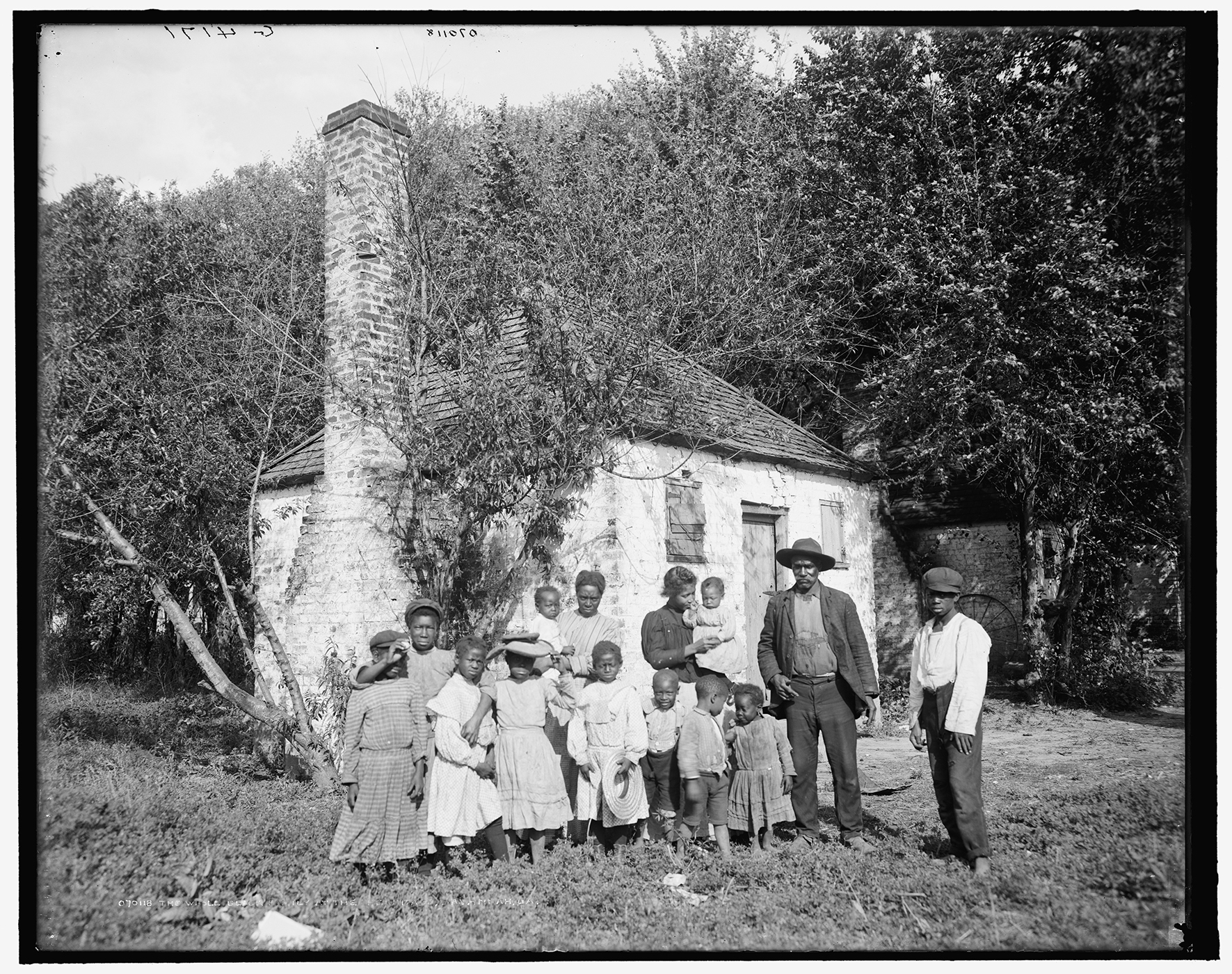The WPA Slave Narratives have limitations associated with them that must always be considered when working with the collection. The most significant problem with the Writers’ Project as a whole was the racial discrimination of workers which may have significantly affected the project. The most important and influential aspect of oral histories is the relationship between the interviewer and the interviewee. The interviewer must not in any way project his or her own biases onto the subjects. The most informative slave narratives were recorded when the informant and the interviewer were the same gender and race. Only half of the states that conducted ex-slave interviews employed black interviewers.
Lomax created a standard questionnaire that was to be used by the field-workers and to “get the Negro interested in talking about the days of slavery. If he will talk freely, he should be encouraged to say what he pleases without reference to the questions.” Personal questions directly relating to how the informant was treated by the slaveowner may have created an uncomfortable or even threatening situation for the informant. As a result, the question was more likely to have a censored answer. Unobtrusive questions, on the other hand, were likely to invoke a more candid honest answer. The questions relevant to this study were about the formerly enslaved person’s house. It is highly likely the question was considered nonthreatening by the informant. The responses about their living arrangements provide details about the houses that only someone living there would know.


